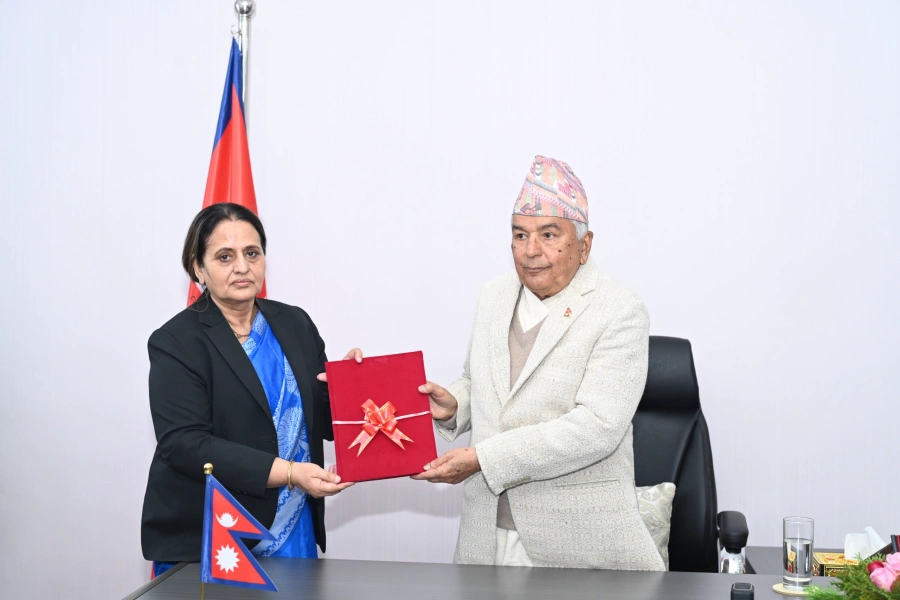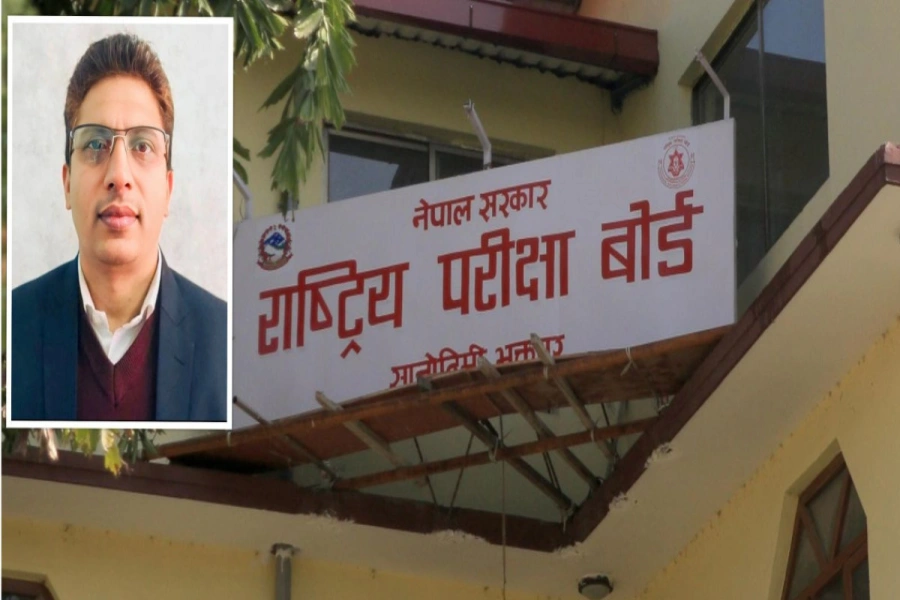China has only enthusiastic well-wishers in Nepal. However, they fall into two categories. The first are naïve type, who think China is still a Mao-era country enthusiastic about exporting revolution, excited about the tales of Yan’an and Hunan and eager to share it with the rest of the world. Many of these enthusiasts have read Yang Mo’s The Song of Youth in their formative years.
The others are pragmatic, they see Sino-Nepal relationship in economic and cultural terms. For them, the most significant lessons to be learned from the northern neighbor are from modern China, post Mao, when China rapidly reduced poverty and improved its infrastructure. They see the vast opportunities in improving Sino-Nepal relationship. For them, the distant past when Buddhabhadra and Manjushree criss-crossed the Himalayas and laid the foundation of two societies whose social and cultural values would subsequently be similar also offer an important lesson for future relationship.
Our relationship is independent of political ideologies of rulers. President Xi alluded to some of the historical aspects of our relationship in his article published in some major Nepali newspapers. He stuck to proven historical figures but even in mythologies, we are connected. Manjushree, who gets the credit for settling Kathmandu valley, was a Chinese monk, who travelled to Kathmandu all the way from Wutai Mountain near Beijing.
This relation was tested when Nepal allowed Younghusband mission to Tibet or when Tibet’s status was affected after Mao’s revolution in China, but once normalcy resumed, both of us became good friends. China has always recognized only the legitimate ruler of Nepal. For example, when a banished Bahadur Shah sent gifts to Chinese emperor in 1790s, the emperor refused to accept it citing he accepted gifts from the legitimate king only. This policy of recognizing legitimate rulers and not undermining their authority has helped both countries maintain a healthy relationship.
We represent two sides of the mighty Himalayas. If Tibet is a roof, then Nepal and China are two walls of the house. We live in this side of the Himalayas, and Chinese provinces are on the other side of the Himalayas. Almost similar food is produced in these lands, and people can become friends quickly. However, given that Tibet is a large but sparsely populated region (Tibet Autonomous Region is ten times bigger than Nepal but has almost one tenth of Nepal’s population), connectivity through Tibet is not a trivial matter. We must either conquer Tibetan impediment or get around it.
Future

We must learn to deal with each other rationally. Nepali leaders often don’t have the roadmap for their future. The Chinese shouldn’t be surprised if they hear a relative of Mr X asking for help to set up “Mr X Institute”. It is also common for our leaders to ask for a help to start a project in his or her constituency. The Chinese, who are in a position of giving, should ask whether these projects are rational in the sense that they have been properly vetted and made part of Nepal’s own long term vision as manifested by their inclusion in five years plan or annual program of the government. The Chinese should also understand our geographical compulsions and should remain disinterested in our political affairs. Ex-speaker Krishna Bahadur Mahara, who is now in police custody for sexually harassing his staff, was once caught asking for money with a Chinese citizen to contest in election. Few believed Chinese government was involved in the case, but lessons from the scandal should be learned by both Nepali and Chinese government.
Road, energy, and tourism sectors are the most promising sectors of cooperation now. Nepal’s roads are poorly constructed, and Nepal’s tourism is still unable to benefit from its potential. Many Chinese contractors are active in Nepal’s hydropower sector. However, Nepal is yet to attract top-notch Chinese contractors and hence the image of Chinese contractors is not the best.
Tourism is another promising sector. Many Chinese now travel alone or with their partner in Nepal, showing increasing confidence in the tourism sector of Nepal. Many Nepali tourist guides speak Chinese and guidebooks on Nepal are available in Chinese languages now. The large number of flights between Nepal and China now also indicates the increased interest in Nepal among the Chinese citizens.
Nepal can be the gateway to South Asia. Nepal has been a neutral venue in South Asia for many years. SAARC headquarters was established in Kathmandu for this reason as well. Nepal borders populous Indian states of Uttar Pradesh, Bihar and West Bengal, and cumulatively almost 400 million people live in the basin of the Ganges neighboring Nepal. This is a big growing market for any country. In the past, Nepali traders sold Indian goods in China and Chinese goods in India, and Nepali state always tried to maintain monopoly in trans-Himalayan trade.
However, to build a proper gateway through the mighty Himalayas, Chinese should be magnanimous. A four-lane expressway between Kerung and Kathmandu holds a lot of promise in the short term. The Chinese are currently considering an extension of Qinghai-Lhasa or Sichuan-Lhasa railway to Kerung near Nepal border. They should consider adding one hundred kilometers to those railway systems and connecting them to Kathmandu.
China should invest in the institutions that help grow Sino-South Asian ties. While setting up Confucius centers and teaching Nepali students how to cook Chinese food and speak rudimentary Mandarin is a welcome first step, Chinese should help in setting up institutes that teach more advanced subjects about China to Nepali students. To begin with, Nepali business schools can teach a course about Chinese corporate law. Many Nepali and Indians do business in China. They naturally have occasional conflict with their business partners but are not familiar with Chinese court proceedings. Knowledge of Chinese legal system helps in such situations.
Similarly, an optional course on Chinese welfare system for farmers in policy schools, a course on Chinese internal tourism in hospitality management schools etc can make Nepali graduates “smarter” about China than the graduates from the rest of South Asia. Nepalis are enthusiastic about not only India and China, but also Pakistan and Sri Lanka. This “malice toward none” attitude can make Nepal a great intermediary as both South Asia and China increasingly cement their friendship.
But Nepal should also be represented in China. Regions such as Tibet, Sichuan, Henan, Shaanxi etc have a relationship with Nepal since time immemorial. President Xi, from Shaanxi, is familiar with this, and so was another great Chinese leader, Deng Xiaoping from Sichuan, who visited Nepal in 1978 just after he assumed the control of China.
While Nepal has a significant presence in Tibet, including having a resident consulate general, and a White Dagoba temple in Beijing is dedicated to Arniko, the Nepali sculptor who made his mark in thirteenth century Beijing, Nepal can be more visible in China. For example, in historically important temples such as White Horse temple in Luoyang, a Nepali style Buddhist temple should be built. Other such places for Nepal’s visible presence include Wutai Mountain, Le Mountain, Putuo Mountain etc. China should collaborate with Nepal in this aspect.
BIMSTEC can also help China. BIMSTEC, like ASEAN, can help integrate the countries in the eastern and southern Asia which can be beneficial to China. For example, the conclusion of Shillong-Mandalay road between India and Myanmar can help Nepal reach Myanmar, and subsequently Yunnan and Sichuan provinces, by car in the future. Nepal and China also share cultural affinity with South East Asian countries such as Thailand, Cambodia, Vietnam, and Myanmar. The more integrated South Asian and South East Asian countries are, the better off China too will be.
(The author is a columnist of Republica)





































